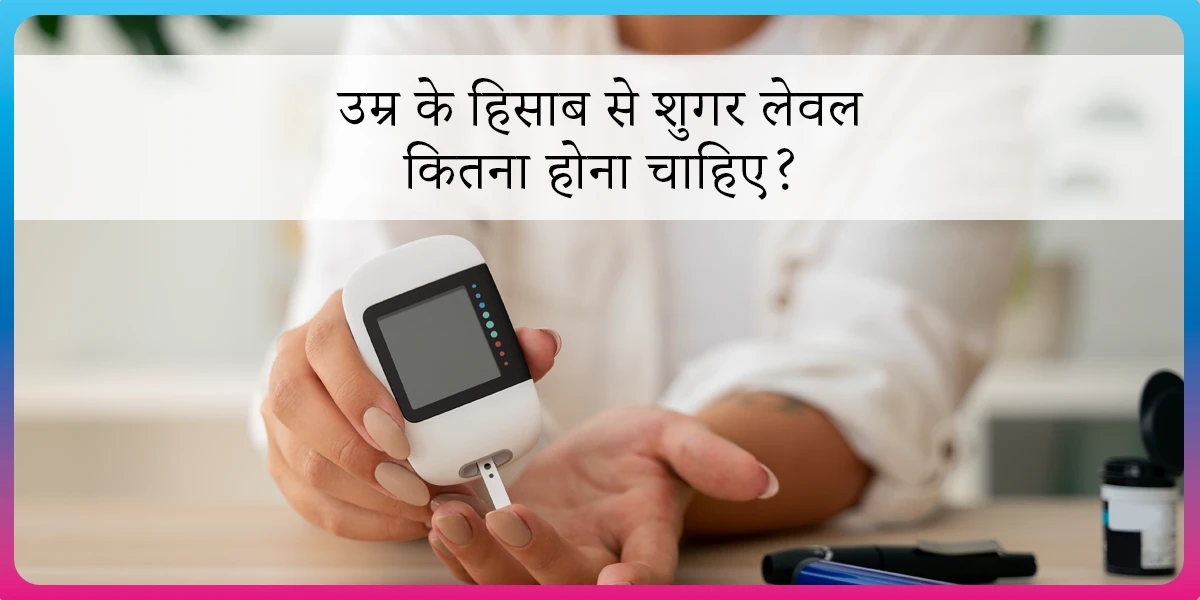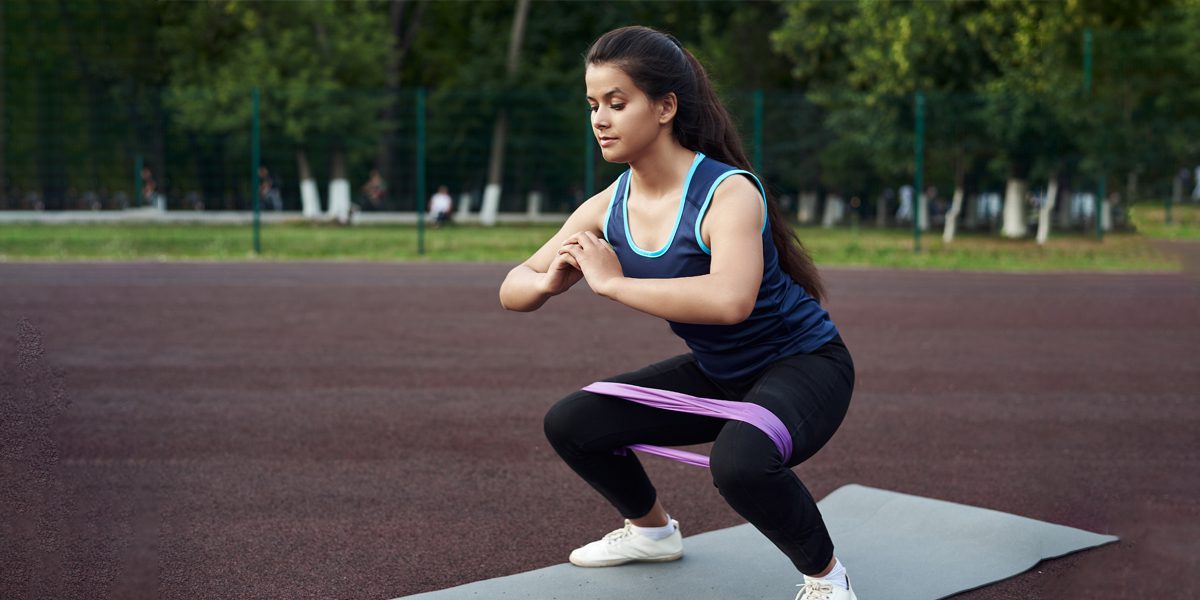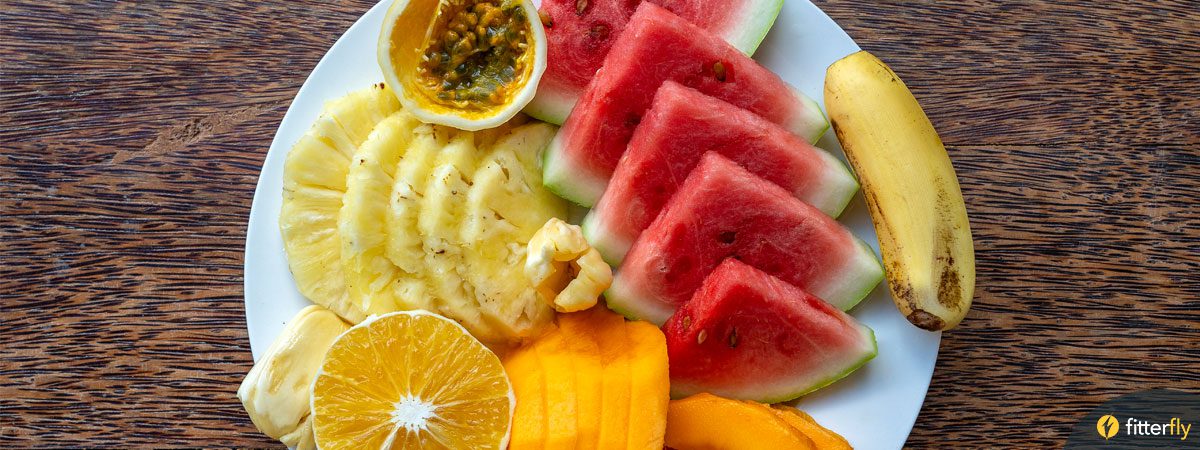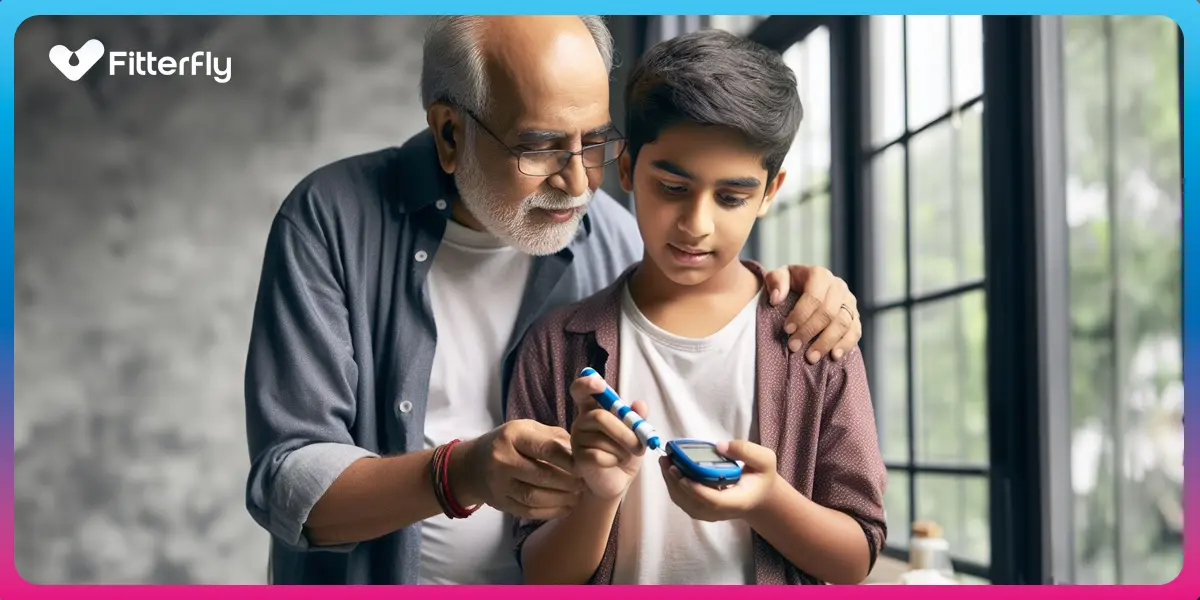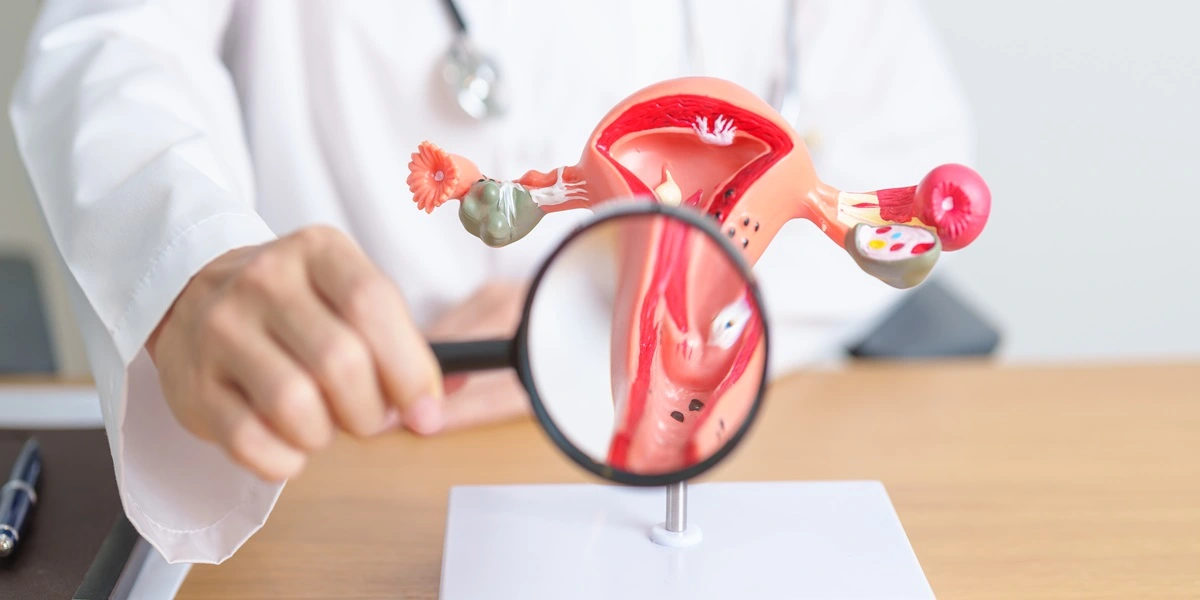Understanding the Glycemic Index: A Beginner’s Guide
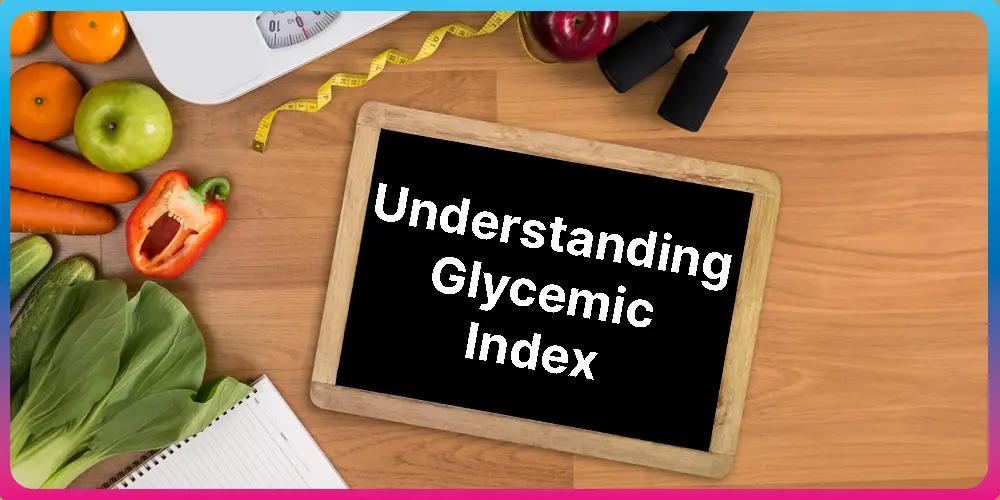
What is Glycemic Index?
Low and slow is the way to go! This is an apt statement that truly defines the nature of the glycemic index, a crucial tool for blood sugar management. The glycemic index (GI) is a rating system for different foods based on how they affect your blood sugar levels soon after you consume them.
If a food item slowly increases blood sugar levels, the GI is usually low, and vice versa. GI can change based on a person’s health and how the food is prepared.
What is a Low Gylcemic Diet?
Foods with a glycemic index of 55 or less, are qualified as low GI foods. A diet plan tailored to focus on foods with low GI is called a low glycemic diet. It includes foods that have a slow or steady impact on blood sugar levels.
The main idea behind using GI as the guiding factor in diet planning is to stabilise blood sugar fluctuations, control diabetes, promote weight management, and ensure prolonged energy levels.
A low glycemic diet generally comprises whole grains like brown rice, rolled oats, whole wheat, barley, dals (pulses), legumes, sprouts, vegetables, etc. Certain vegetables like cauliflower, cabbage, brinjal, legumes, green leafy harvest, broccoli, etc. are also low-Gl friendly.
How Much Glycemic Index is Good for Diabetes?
Needless to say, a low glycemic index, that is, a GI value of 55 or less, is good for diabetes. Moderate GI foods with a rating between 56-69 can be eaten, but in moderation. A good way is to have them along with diabetes-friendly low-GI foods to strike the right balance.
Food with moderate GI includes honey bananas, papayas raisins, sweet potatoes, etc.
It is advisable to avoid or sparingly have high-GI foods like white rice, puffed rice, jowar, maida (refined flour), white bread, jaggery, etc. if you have diabetes or are trotting the borderline.
Diabetes Reversal
Calculator
To know your chances of Diabetes reversal, take the Diabetes Reversal Test
What is the Use of Glycemic Index
The benefits of the glycemic index are not only for people with diabetes but for overall health. Let us skim through the uses:
1. Eating Right
Including GI-friendly foods in your diet is a good habit to develop. You can work closely with your dietician to plan a balanced diet with proportionate amounts of low and moderate GI foods. It is fine to indulge in a cheat day with high-GI foods at times to satisfy cravings!
2. Weight Management
Low GI foods create a feeling of fullness and extended energy levels, possibly reducing overall calorie consumption and contributing to weight control.
3. Consistent Energy Levels
Paying special attention to GI during meal planning can help keep your energy levels high all day! How do you do that? Choose low-GI carbohydrates, pair them up with proteins and healthy fats in your diet, eat balanced meals, and keep hydrated.
4. Blood Sugar Control
Low GI foods are less likely to induce quick rises in blood sugar, making them good choices for people with diabetes to help maintain stable blood glucose levels.
5. Prevents Diabetes for Those with Borderline Values
Opting for foods with a low Glycemic Index (GI) can help if you’re on the cusp of diabetes by stabilising your blood sugar, reducing the risk of developing full-blown diabetes, and maintaining your overall fitness.
6. Diabetes Management
Definitely! Low GI meals, with their ability to keep blood sugar levels stable, curb hunger pangs, and improve weight control, will help take better charge of diabetes.
Reduced diabetes medications in 3 months


6.8%
Happy members
EMI
Guarantee
4.8/5
Diabetes Prime Program
How Glycemic Index is Calculated?
A food’s Glycemic Index (GI) is measured through a scientific procedure that compares the blood sugar response after eating a specific portion of the test food to the blood sugar response after taking the standard reference food, typically pure glucose or white bread.
Why Glycemic Index is Important
To put it simply, the glycemic index is important because it helps you, as an individual, make informed choices about your nutrition profile, weight, fitness, and diabetes control (in case you have been diagnosed with it).
How Glycemic Index Works?
To sum it up, the glycemic index works like a speedometer for everything that you eat. Foods with higher values rev up your blood sugar levels in no time but also crash quickly, creating a roller coaster ride for your energy levels and diabetes management.
On the other hand, a low GI diet is a smooth, sustained leisure ride—ideal for steady blood sugar levels, weight control, and overall fitness.
How to Use It?
Use GI values wisely. Always stay in touch with your dietician to chalk out a balanced, wholesome diet with adequate amounts of low and moderate GI foods, paired with good proteins and healthy fats.
GI Chart of Popular Indian Foods
Here is a quick brush-up on the GI of some of our favourite foods:
| Food Item | GI Value |
| White rice | Around 73 |
| Brown Rice | Around 65 |
| Roti (mix wheat) | Around 27 |
| Idli | Around 60-70 |
| Paratha (plain) | Around 70 |
| Dal | 32-40 |
| Chana (Chickpeas) | 10 |
| Rajma | 24 |
| Potato | Around 80 |
| Sweet Potato | 70 |
| Mango (ripe) | Around 56 |
| Banana | Around 48 |
| Apple | 39 |
| Carrot (fresh) | 30 |
Please note that the values are subject to change as per the cooking method.
Fittertake
Whether you are looking to stay fit or have been recently diagnosed with diabetes, including the glycemic index in your diet can be a real game-changer. Consider consulting our expert diabetologists and dieticians on Fitterfly’s Diabetes Care Programme to learn when and how to prepare a GI friend diet chart.
You can also directly sign up for our programme if you wish to know more.
To know if you can reverse your diabetes, try our Fitterfly Diabetes Reversal Calculator.
Without much adieu, speak with us by just dialing a missed call at 08068507599, and we will definitely get back to you. Together, let us make the journey towards healing from diabetes more healthy and enjoyable.
This blog provides general information for educational and informational purposes only and shouldn't be seen as professional advice.










